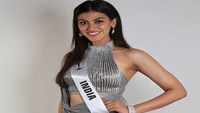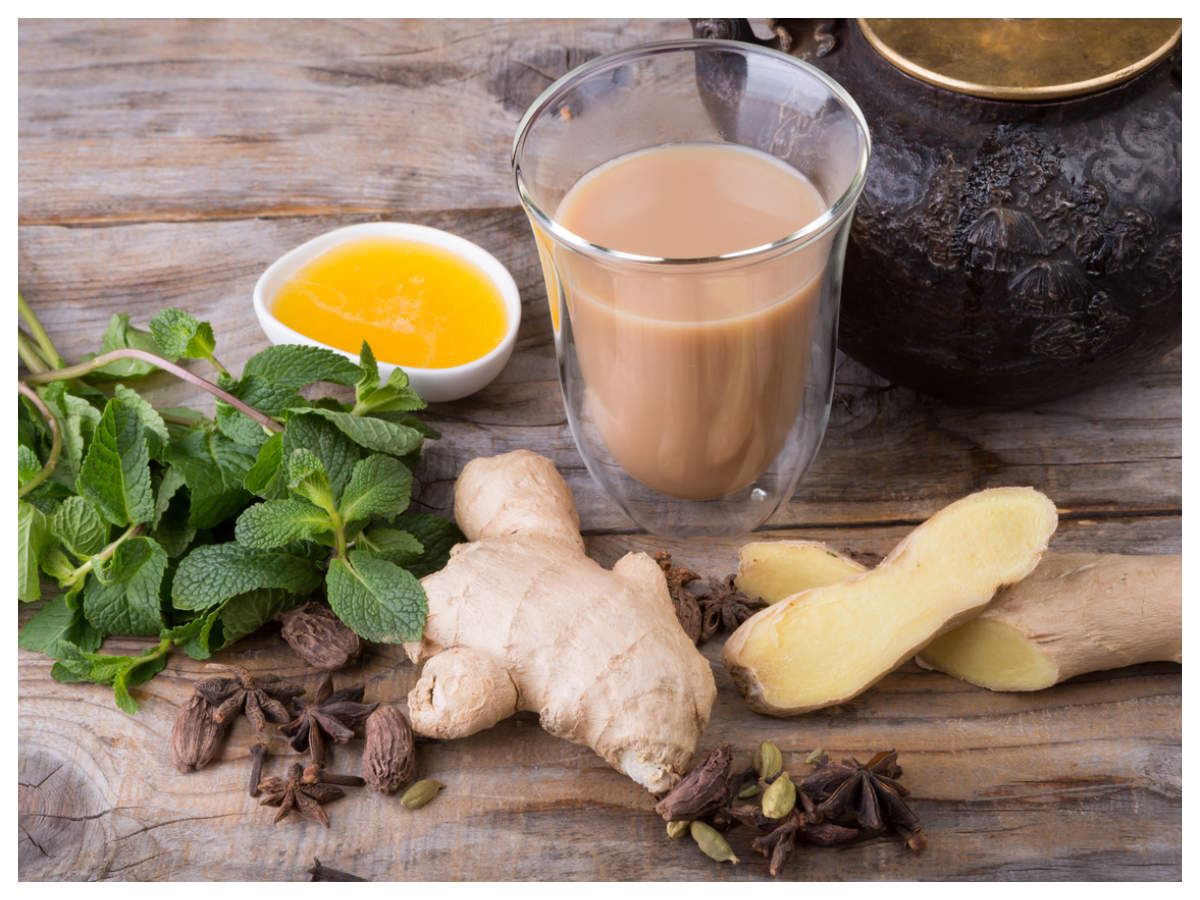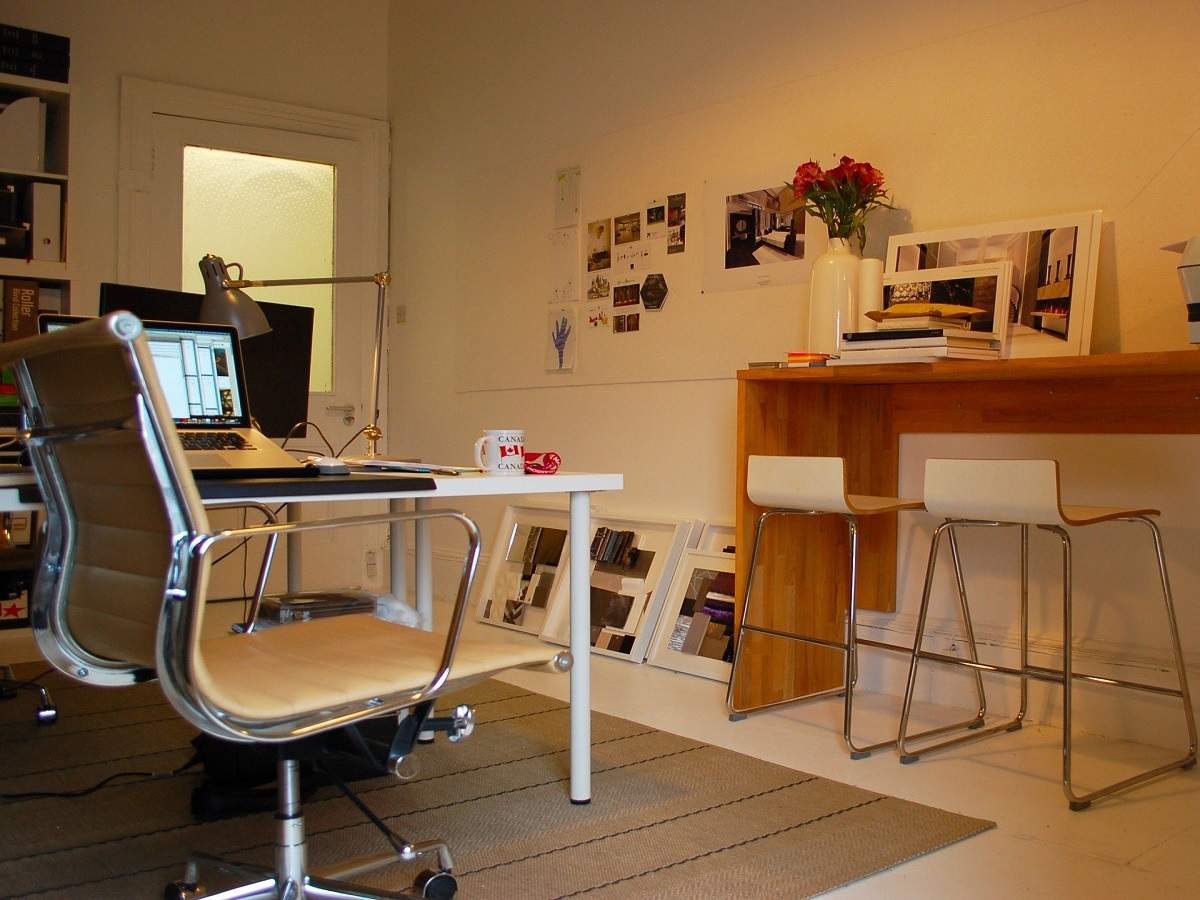
Since fiscal 2015, US has allotted nearly 1.5 lakh ‘O-1’ visas to talented individuals engaged in occupations as varied as scientific research, catering, graphic design or even entertainment.
Statistics recently released by the US Citizenship and Immigration Services (USCIS) have shown a slight decline in ‘O-1’ visa approvals over the past few years. Nearly 24,183 such visas were approved in fiscal 2017, which declined by almost 6% in the next fiscal year. The numbers inched slightly higher to 23,084 in 2019 and during the first six months of the current fiscal (period ended March 31, 2020), 10,835 visas were approved. These figures are of visas approved by USCIS without initiating the request for evidence process (seeking further evidence before adjudicating the visa application).
According to immigration experts, as individuals from the entertainment sector largely rely on these visas for their performance gigs in the US, owing to the pandemic, the demand for such visas is likely to dip starting from the second half of fiscal 2020 (which is, from April 1).
David Nachman, managing attorney at NPZ law group, says, “In the recent past, our firm has helped obtain O-1B approvals for actors, actresses, dancers and musicians, including from Bollywood. Now a shift in trend is being seen, with a larger number of inquiries for O-1 visas for research and medical professionals.”
“O-1 visas fall into two categories. For O-1A, it is important to demonstrate ‘extraordinary ability’, it is a high legal standard requiring evidence (such as international or national awards, patent registrations etc) that the individual has risen to the top in his or her field. Not everyone can be a Nobel prize winner, for those not footing this requirement, there is the O-1B category – generally referred to as the ‘artists visa’. Its requirement is ‘distinction’, which is comparatively, a less rigorous legal standard,” explains Nachman.
While O-1 visas aren’t in the harsh spotlight of protectionists who view H-1B holders as taking away American jobs, recent years have seen more intense scrutiny of O-1 visa applications, reflected by the gradual decline in the rate of initial approvals. The approval ratio, declined to 90.8% in fiscal 2019, from 94.1% in fiscal 2017
Snehal Batra, managing attorney at NPZ law group told TOI, “The Department of State has stated in the Foreign Affairs Manual that when adjudicating O-1 visa applications, a consular officer should consider the spirit of the ‘Buy American-Hire American Executive Order’. We have experienced consular officers often extensively vetting the evidence causing delays in visa issuance to our O-1 clients waiting to appear in the US for scheduled shows and appearances.”
For now, it looks like it is the Covid-19 rather than Trumps’ restrictive policies which will dent the demand for O-1 visas.
Statistics recently released by the US Citizenship and Immigration Services (USCIS) have shown a slight decline in ‘O-1’ visa approvals over the past few years. Nearly 24,183 such visas were approved in fiscal 2017, which declined by almost 6% in the next fiscal year. The numbers inched slightly higher to 23,084 in 2019 and during the first six months of the current fiscal (period ended March 31, 2020), 10,835 visas were approved. These figures are of visas approved by USCIS without initiating the request for evidence process (seeking further evidence before adjudicating the visa application).
According to immigration experts, as individuals from the entertainment sector largely rely on these visas for their performance gigs in the US, owing to the pandemic, the demand for such visas is likely to dip starting from the second half of fiscal 2020 (which is, from April 1).
David Nachman, managing attorney at NPZ law group, says, “In the recent past, our firm has helped obtain O-1B approvals for actors, actresses, dancers and musicians, including from Bollywood. Now a shift in trend is being seen, with a larger number of inquiries for O-1 visas for research and medical professionals.”
“O-1 visas fall into two categories. For O-1A, it is important to demonstrate ‘extraordinary ability’, it is a high legal standard requiring evidence (such as international or national awards, patent registrations etc) that the individual has risen to the top in his or her field. Not everyone can be a Nobel prize winner, for those not footing this requirement, there is the O-1B category – generally referred to as the ‘artists visa’. Its requirement is ‘distinction’, which is comparatively, a less rigorous legal standard,” explains Nachman.
While O-1 visas aren’t in the harsh spotlight of protectionists who view H-1B holders as taking away American jobs, recent years have seen more intense scrutiny of O-1 visa applications, reflected by the gradual decline in the rate of initial approvals. The approval ratio, declined to 90.8% in fiscal 2019, from 94.1% in fiscal 2017
Snehal Batra, managing attorney at NPZ law group told TOI, “The Department of State has stated in the Foreign Affairs Manual that when adjudicating O-1 visa applications, a consular officer should consider the spirit of the ‘Buy American-Hire American Executive Order’. We have experienced consular officers often extensively vetting the evidence causing delays in visa issuance to our O-1 clients waiting to appear in the US for scheduled shows and appearances.”
For now, it looks like it is the Covid-19 rather than Trumps’ restrictive policies which will dent the demand for O-1 visas.
Download
The Times of India News App for Latest World News

Coronavirus outbreak
Trending Topics
LATEST VIDEOS
More from TOI
Navbharat Times
Featured Today in Travel
Get the app









